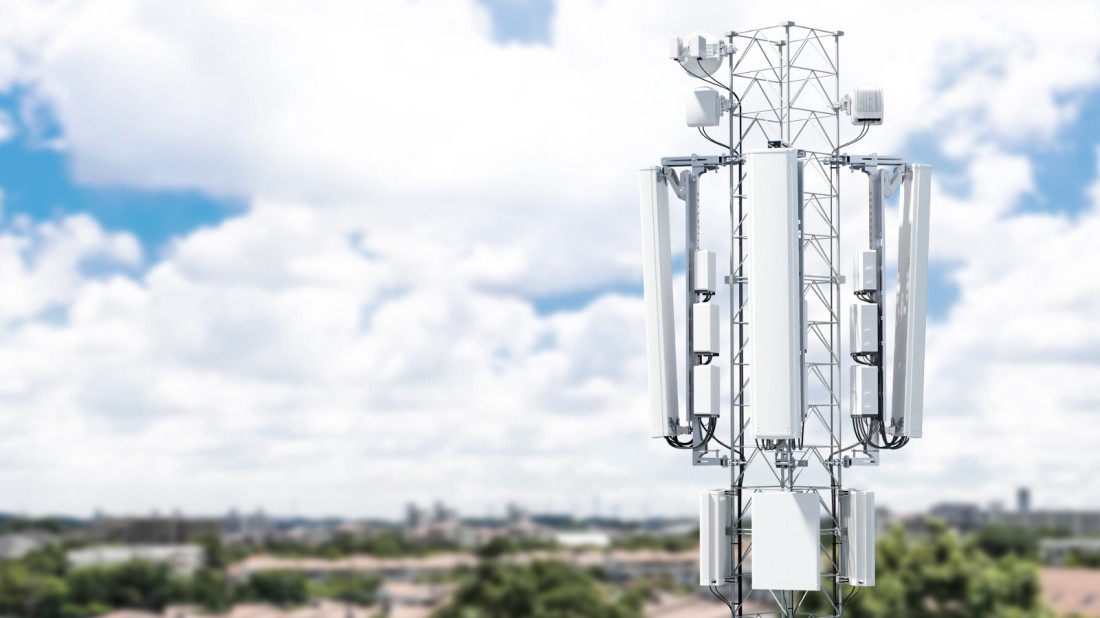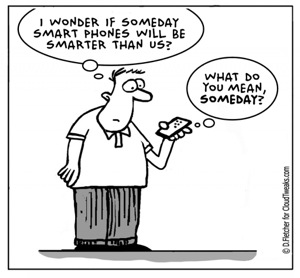Let me start with the easy question, what is edge computing? In simple words, Edge computing brings cloud capabilities of Compute, store, and analytics directly to the point where physical devices are connected to produce IoT data to improve response time with the use of edge servers. The Edge Server caches multimedia content or any web-based information stored on the internet. Okay, this doesn’t look like a new concept remember CDN (Content Delivery Networks)?
So what changed that made people rethink CDN into Edge computing? Let me answer that one for you CDN worked perfectly till Internet of things showed up, they were happily delivering internet content like web objects (text, graphics and scripts), downloadable objects (media files, software, documents), applications (e-commerce, portals), live streaming media, on-demand streaming media, and social networks.
CDN is more efficient when it comes to large data objects like video and other multimedia, as they replicate data in mirrors close to expected users. However, they aren’t as good at small objects like sensor signals, and etc… that are prone to rapid changes and follow a dynamic request pattern which is what constitutes the big share of network traffic coming from the internet of things.

But that’s not where our story ends, as the cloud is maturing more and more data-driven technologies are coming in to play likes of augmented and virtual reality, smart/driverless cars require data in real time to perform their tasks. Since most of this data is sensor data and needs to be fed to servers on the cloud for analytics and then sent back to the devices the response time is unacceptably high. Even if CDN providers deploy cache nodes closer to the edge of the network they have to be pre-populated with potentially popular content which may not be requested at all.
So, to optimise computing at the cloud, edge performs processing closer to the source of data(sometimes on the device itself), thus the bandwidth requirements reduce sharply since now less data needs to be moved to longer routes up to 50% latency reduction has been recorded so far. Edge is a natural extension of cloud, it doesn’t replace cloud computing only it makes the cloud more efficient and useful for mobile device users. Where edge computing provides a solution by pushing intelligence on to the device that generates IoT data, fog computing, on the other hand, pushes same intelligence to either a fog node or IoT gateway.

Latency reduction and high throughput aren’t the only advantages gained from edge computing since the device are capable of processing the sensor data it can make decisions regarding uploading useful information and cut down the upstream data thus reducing the costs to customers. As the computing is decentralized to edge devices so is the security which makes it harder for attackers as opposed to the centralized security system. It also gives the owner of IoT data more control over it, they can secure their data on their devices or as in the case of fog computing on a local micro datacentre that is less attractive to hackers since there is very less incentive to hack these as compared to the centralized data center.
Edge computing sounds good as it seems to be solving a lot of problems cloud computing is facing, but it is just opposite of cloud computing which is a centralized network model whereas edge computing is decentralized, thus where cloud succeeds, edge fails. Benefits of Data Abstraction and Security are the first ones to go out of the window for the edge since edge devices are not as sophisticated as the ones at data centers such devices themselves are hardly secure. With only filtered data sent to the cloud most of the raw IoT data sits at the edge and seems to be never used since only the end user can consume them, applications and services could never learn enough knowledge to give 100% results.
 The biggest challenge that edge has to face is the huge set of heterogeneous edge devices that need to be leveraged in order to implement edge. Most of the times the edge nodes are not designed to handle general purpose computing, so before anything, such nodes need to be identified and upgraded for edge’s purpose. A proper way of provisioning edge nodes would be required to avoid overloading of devices which requires extensive knowledge of every edge device and incorporate that information while distributing the workload dynamically. Programmers face problems in writing applications that are compatible with the runtime environment of edge devices since comfort of transparency that cloud provided is not available at the edge.
The biggest challenge that edge has to face is the huge set of heterogeneous edge devices that need to be leveraged in order to implement edge. Most of the times the edge nodes are not designed to handle general purpose computing, so before anything, such nodes need to be identified and upgraded for edge’s purpose. A proper way of provisioning edge nodes would be required to avoid overloading of devices which requires extensive knowledge of every edge device and incorporate that information while distributing the workload dynamically. Programmers face problems in writing applications that are compatible with the runtime environment of edge devices since comfort of transparency that cloud provided is not available at the edge.
- Femminella, G. Reali, D. Valocchi, R. Francescangeli, H. Schulzrinne, “Advanced Caching for Distributing Sensor Data Through Programmable Nodes”, IEEE LANMAN 2013, Brussels, April 10-12, 2013, invited paper.
- Ahmed, E. Ahmed, “A survey on mobile edge computing”, 10th IEEE International Conference on Intelligent Systems and Control (ISCO 2016), 2016.
- Varghese, B., Wang, N., Barbhuiya, S., Kilpatrick, P., Nikolopoulos, D.S.: Challenges and opportunities in edge computing. Proceedings of the IEEE International Conference on Smart Cloud (2016)
- https://www.wired.com/story/its-time-to-think-beyond-cloud-computing/
- https://www.ge.com/digital/blog/what-edge-computing
- https://infoworld.com/article/3197555/cloud-computing/make-sense-of-edge-computing-vs-cloud-computing.html
- http://digitaljournal.com/pr/3547294
- https://automationworld.com/fog-computing-vs-edge-computing-whats-difference
- https://thenewstack.io/content-delivery-networks-move-closer-network-edge/
- https://www.slideshare.net/KMSabidurRahman/innovations-in-edge-computing-and-mec?qid=b2441ee4-4a40-4d66-b92b-ebb80a1758ba&v=&b=&from_search=4
- https://airbitz.co/go/edge-security-a-new-paradigm-in-privacy-and-security/